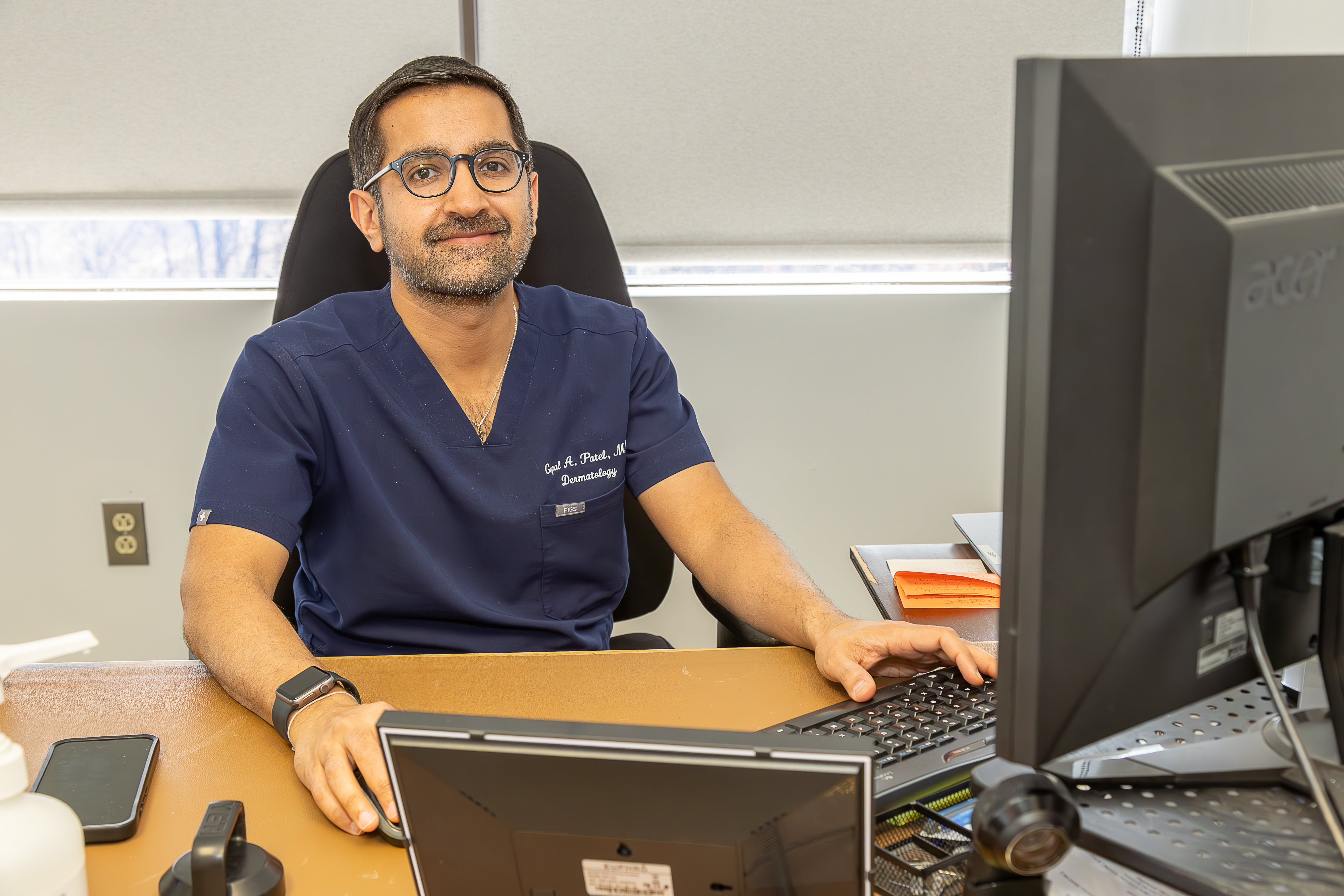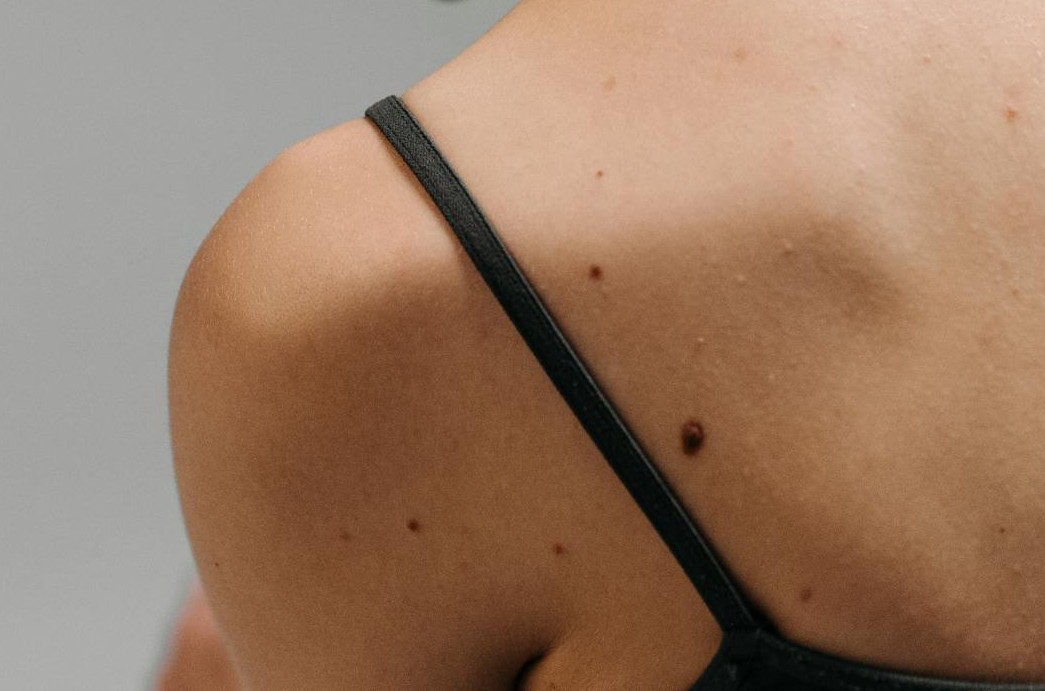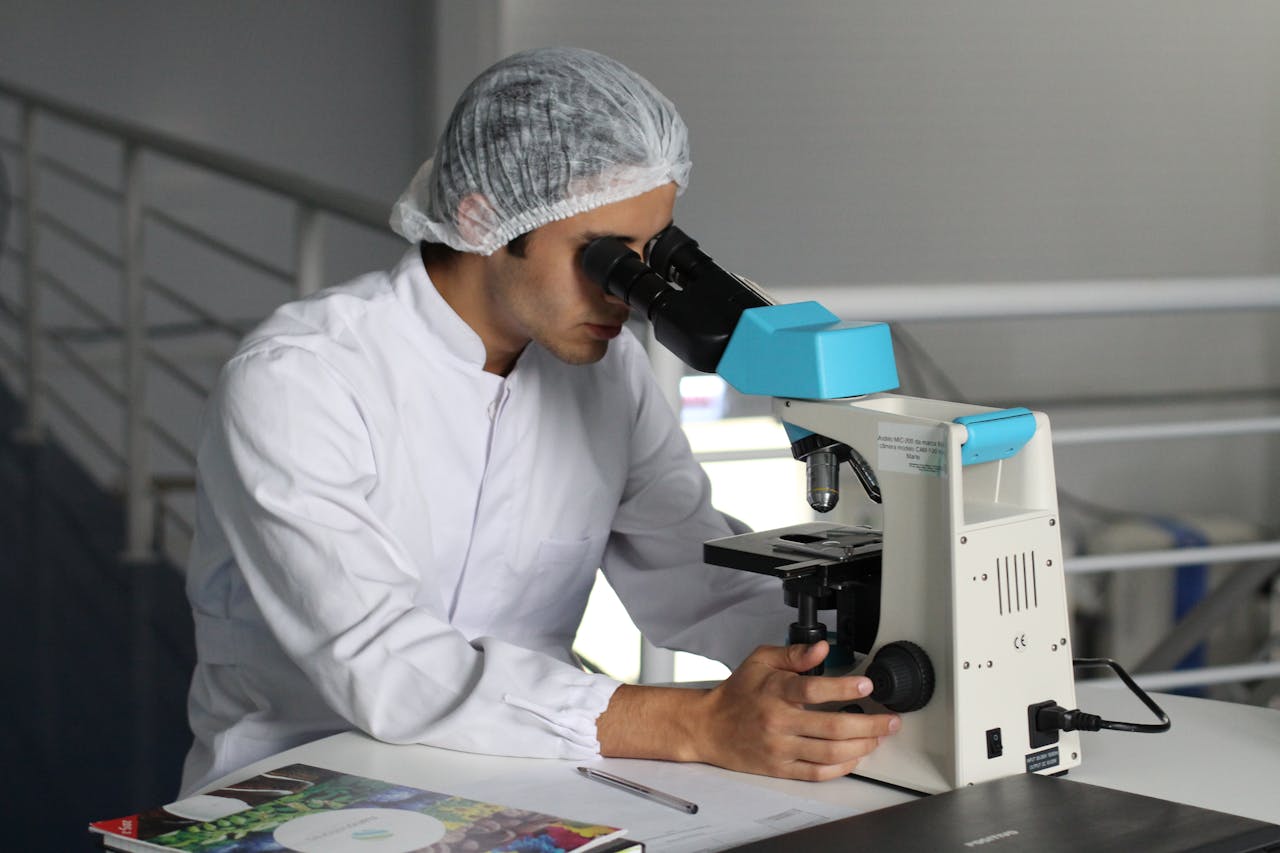What to Do Right After a Skin Cancer Biopsy: First 48 Hours

Explained By Dr. Patel, Board-Certified Dermatologist, serving Paoli & Media, PA
When patients visit us for a skin cancer screening, it’s common for a dermatologist to notice a suspicious mole, lesion, or spot that needs further evaluation. In these cases, a biopsy for skin cancer is often recommended to confirm whether the area is benign, precancerous, or malignant.
From the patient’s perspective, this can be an anxiety-filled moment. The idea of a biopsy—and the waiting that follows—can cause understandable stress. Knowing what a skin cancer biopsy involves, how to care for the area afterward, and what to expect in the first 48 hours can make the process much less intimidating.
What Is a Skin Cancer Biopsy?
A biopsy is a quick, in-office diagnostic procedure in which a dermatologist removes a small tissue sample from a suspicious mole, spot, or lesion for microscopic evaluation by a dermatopathologist. It is the only definitive method to confirm or rule out skin cancer and plays a crucial role in early detection and treatment.
The entire process is performed under local anesthesia and typically takes less than ten minutes. Most patients experience only minor pressure or a brief stinging sensation from the anesthetic and can return to normal activities immediately afterward.
A biopsy may be recommended if you have:
- A new mole or growth that looks different from your others
- A changing lesion that’s growing, itching, or bleeding
- A non-healing sore that persists for weeks
- A rough, scaly patch or pink bump that bleeds easily
- Any area your dermatologist suspects could represent basal cell carcinoma, squamous cell carcinoma, or melanoma
How a Skin Cancer Biopsy Is Performed
A skin biopsy begins with careful cleaning and sterilization of the area. Next, a small injection of lidocaine is given to numb the skin completely.
Depending on the lesion and its depth, your dermatologist will most likely perform one of two common techniques:
Shave biopsy – removes a thin layer of skin and usually requires no stitches.
Punch biopsy – removes a small, deeper cylinder of skin that may need a suture.
After the sample is taken, a protective dressing is applied, and our medical assistant provides written biopsy wound care instructions. At our Paoli and Media, PA dermatology offices, this entire process usually takes just a few minutes and is well-tolerated by patients of all ages.
However, there are two more types of biopsy applied rarely:
Excisional biopsy – removes the entire lesion along with a small margin of normal skin. Typically performed when melanoma is suspected.
Incisional biopsy – removes a portion of a large lesion when full removal isn’t practical at first. Used for diagnostic sampling.
The First 48 Hours After a Biopsy
During the first two days after your skin cancer biopsy, the goal is to protect the area and allow natural healing to begin. Keep the bandage clean, dry, and undisturbed for at least 48 hours.
Dr. Patel explains:
“We usually advise patients to keep the area dry and avoid removing the dressing too early. A little tenderness or redness is completely normal during the first couple of days.”
Because biopsy sites are small, most patients can continue regular activities, including work and light exercise, unless specifically advised otherwise.
You may experience mild soreness, minimal bleeding, or a small scab formation—these are all part of the normal skin biopsy healing process.
Caring for the Biopsy Site After Two Days
After 48 hours, you can begin daily skin biopsy aftercare:
- Gently remove the old bandage—doing so in the shower often helps loosen it painlessly.
- Cleanse the site with mild soap and water, and pat it dry with a clean towel.
- Apply a thin layer of petroleum jelly to keep the wound moist.
- Cover it with a fresh bandage, repeating this once or twice daily for about one week.
Dr. Patel emphasizes:
“Moist wound care leads to faster healing and less scarring. Dry wounds tend to heal more slowly and may leave a noticeable mark.”
Unless otherwise instructed, there’s no need for antibiotic ointment—plain petroleum jelly works best for most skin biopsy wounds.
Waiting for Biopsy Results

For many patients, the most difficult part of the skin cancer biopsy process isn’t the procedure itself — it’s the waiting. Once your dermatologist sends the tissue sample to the pathology lab, there’s an unavoidable period of anticipation while the cells are examined under a microscope by a board-certified dermatopathologist.
Typically, skin biopsy results are ready within 7 to 10 business days, though the exact timing can vary depending on several factors:
- The laboratory’s workload and processing times
- The type of biopsy performed (shave, punch, or excisional)
- The complexity of the findings — certain cases require deeper staining or secondary review
- Weekends or holidays that may slightly delay turnaround
At Aesthetic Dermatology Associates in Paoli and Media, PA, our team closely monitors every biopsy we submit. We ensure that results are communicated as soon as they’re finalized, following the method you chose during your visit — whether that’s a phone call, secure patient message, or in-person follow-up appointment. If you haven’t received your results after 10 days, you’re always welcome to contact our office. Our staff will immediately check the lab status and provide an update.
What the Biopsy Results Can Tell You
Your biopsy report provides detailed, microscopic information that helps your dermatologist determine the next steps. It typically includes:
- The diagnosis — whether the lesion is benign, precancerous, or malignant
- The type of cells involved (for example, basal cell carcinoma, squamous cell carcinoma, or melanoma)
- The depth and margins of any abnormal cells
- Recommendations for follow-up or treatment
This information guides whether additional treatment is needed, such as complete excision, cryotherapy, topical medication, or Mohs micrographic surgery.
Coping with Anxiety While Waiting
It’s completely normal to feel anxious during the waiting period. Many patients describe checking their phone or email multiple times a day, worried about what the results might say. Dr. Patel encourages patients to remember the following:
Most skin cancer biopsies come back benign. A large percentage of biopsied spots turn out to be harmless moles, keratoses, or other noncancerous growths.
Early detection saves lives. Even if the biopsy confirms skin cancer, it usually means it was found early — when treatment success rates are highest.
You are not alone. Our team is available to answer questions or provide reassurance while you wait. Sometimes, a quick conversation can relieve much of the uncertainty.
Avoid searching for symptoms online. Each biopsy is unique; general internet results can increase worry rather than offer clarity.
When to Contact Your Dermatologist
Complications after a skin biopsy are uncommon, but it’s important to call your dermatologist if you experience:
- Persistent bleeding that doesn’t stop with firm pressure
- Increasing redness, swelling, or pain
- Pus or drainage from the wound
- Fever or expanding redness
Dr. Patel notes:
“If something doesn’t seem right, don’t hesitate to call our office in Paoli or Media. Most post-biopsy concerns are minor and easy to treat, but it’s always better to check in early.”
The Skin Cancer Biopsy Healing Timeline
Healing from a biopsy generally takes one to two weeks. Shave biopsies heal faster, while punch biopsies may require slightly more time. During the healing process, the site may appear pink or red before gradually fading to your natural skin tone.
To promote smoother healing:
- Avoid picking or scratching the area.
- Protect the biopsy site from direct sunlight.
- Once healed, apply broad-spectrum sunscreen daily to help minimize scarring.
- If a small scar remains, cosmetic treatments such as laser resurfacing or microneedling can improve its appearance later on.

To Summarize: Common Questions After a Biopsy for Skin Cancer
- How long does it take for a skin cancer biopsy to heal?
Most skin biopsy sites heal within 7–14 days. Shave biopsies may close quickly, while punch biopsies with stitches may take slightly longer. Proper wound care and sun protection help minimize scarring.
- Can I shower after a skin biopsy?
You can shower gently after 48 hours once your dermatologist instructs you to remove the dressing. Use mild soap, avoid scrubbing, and reapply petroleum jelly with a new bandage afterward.
- What should I do if my biopsy site bleeds?
Apply firm pressure with a clean tissue or gauze for 10–15 minutes. If bleeding doesn’t stop or soaks through the bandage, call your dermatologist right away.
- When will I get my biopsy results?
Pathology results are usually ready within 7–10 business days. Aesthetic Dermatology Associates contacts you promptly according to your chosen communication method.
- Is it normal to feel anxious after a biopsy for skin cancer?
Yes—many patients feel nervous while waiting for results. Remember, most biopsies reveal non-cancerous findings, and early detection leads to excellent outcomes if treatment is needed.
Final Thoughts from Dr. Patel
“A biopsy for skin cancer is one of the most important tools we have to protect your health. It’s quick, safe, and gives us the answers we need to create an effective treatment plan. With proper care and a little patience, the biopsy site will heal, and you can move forward with confidence.”
Schedule a Follow-Up or Skin Cancer Screening in Paoli or Media, PA
If you’ve recently had a biopsy or noticed a new or changing mole, schedule a follow-up with Dr. Patel at Aesthetic Dermatology Associates. Our dermatology clinics in Paoli and Media, Pennsylvania provide expert diagnosis, personalized treatment, and compassionate follow-up care.
About the Author

Dr. Patel is a board-certified dermatologist with advanced training in medical, surgical, and cosmetic dermatology. An Adjunct Associate Professor at the University of Pennsylvania Perelman School of Medicine in Philadelphia, he has authored peer-reviewed research and mentored future dermatologists.
At Aesthetic Dermatology Associates, Dr. Patel specializes in skin cancer diagnosis and treatment, medical dermatology, and patient education. He proudly serves the communities of Paoli, Media, and the greater Philadelphia Main Line area, providing compassionate, evidence-based dermatologic care.
Related links
See Dr. Patel’s personal page on our website
Follow Dr. Patel on LinkedIn professional social network
Review Dr. Patel’s rating on US News Health website
Visit Our Locations
Media, PA
| Mon: | 7:30 am - 5:30 pm |
| Tue: | 8:00 am - 4:00 pm |
| Wed: | 7:30 am - 4:00 pm |
| Thu: | 7:30 am - 4:00 pm |
| Fri: | 7:30 am - 3:15 pm |
Paoli, PA
| Mon: | 8:00 AM - 4:30 PM |
| Tue: | 8:00 AM - 4:00 PM |
| Wed: | 8:00 AM - 5:30 PM |
| Thu: | 8:00 AM - 4:30 PM |
| Fri: | 8:00 AM - 5:00 PM |
Stay Informed with our Newsletter

Book Your Appointment Today!
Choose the option that works best for you:
Prefer to speak with someone? Call or text us:

Media, PA Office - Call or Text (610) 566-7300

Paoli, PA Office - Call or Text (610) 647-4161
Want to book online now? Select a provider below:
Note: Self-scheduling is currently available for Dr. Ko & Bridget Lolli. For all other providers, please call or text the office.